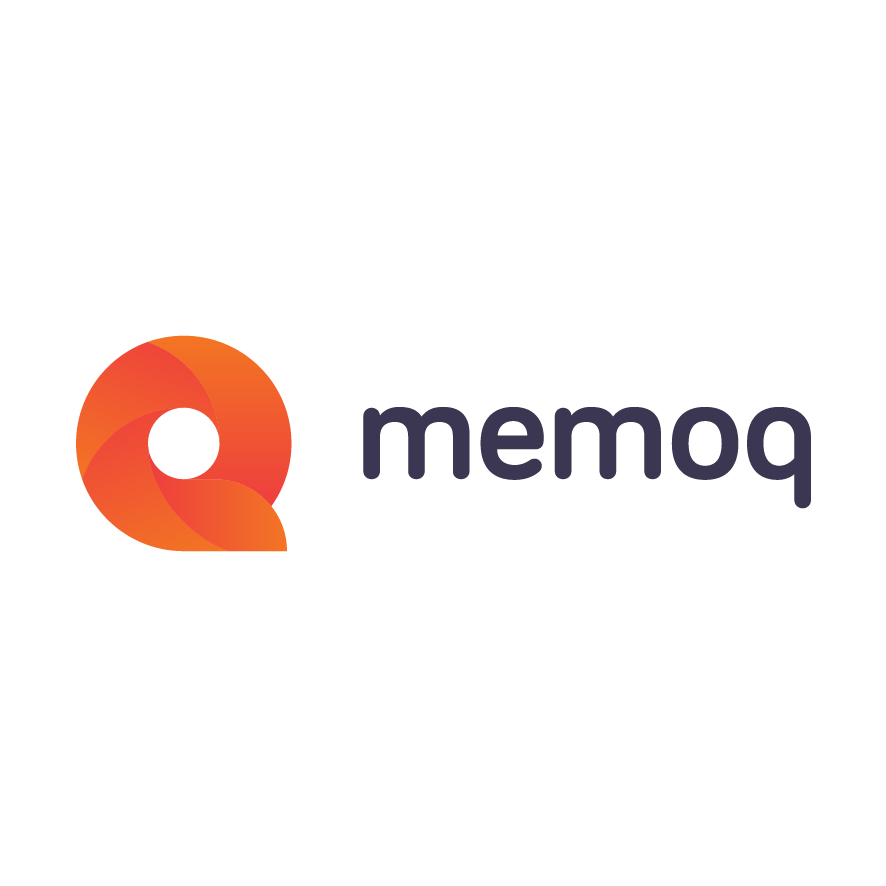It has been a year since we launched our new frequent release policy, and we are certainly proud of the results we have achieved.
Since then we have introduced valuable functionality with each memoQ version. The features that came along with each release were not randomly chosen, instead, they are part of a development master plan that follows a theme-oriented approach. When planning new features, a big part of our product designers’ job requires understanding how they fit into the bigger picture.
Two of the most important factors when deciding on new features are the value they bring to each user and the impact they generate on our community overall. At this stage, it is no secret that we prioritize functionality that benefits a bigger portion of our user base. The math is simple: if a potential feature can help a larger number of memoQ users, the more likely it will be released in the near future.
In this post, we present you with three features that meet the criteria listed above.
Usage data collection
When you install memoQ 8.4, you will be given the choice to enable sending data about how you use the software. Is this even a feature? How can I leverage this during translation work? Usage data collection is the core of our Customer Insights program, and even though it will not offer immediate benefits, it is without question the feature with the greatest potential.
“Usage data collection will make it possible to base future product decisions on collective data. It will also help us better understand the behavior and needs of the silent majority of our users” states Gergely Vándor, Product Manager at memoQ.
Like no other feature in memoQ, usage data collection will become a sort of popularity barometer that provides insights to our product design team every time they need to plan a new release. There will be no more doubts on which are the most common file formats for translators, or the most precious filters in the project management dashboard. “We should have done this years ago”, says Tamás Rell, from our UX team.
The new Zip filter
A simple but powerful way of making memoQ even better is by helping translators focus just on translation work – easier said than done! Spending hours figuring how to import certain files into and out of memoQ is a major productivity killer, and this is why the latest versions have seen several improvements to the memoQ file filter. The Zip filter is probably the most cherished of all.
“If you receive translation tasks packed in Zip files on a regular basis, then the Zip filter can help you save valuable time: you simply need to choose the filter in memoQ, select which files (or which file types) to import, and memoQ will do the rest for you” says Gergely Garai, Localization Manager at memoQ.
Look-up on enterprise TM
Why is it important? Technically speaking, look-up on enterprise TM means “that two server owners can work together on projects reading from the same translation memories”, says Veronika Pándi, the master-mind behind this project.
On a more generic level, look-up on enterprise TM embodies the first case of server-to-server communication in our technology offering and it is important because “it enables a wider set of workflows that were not possible with subvendor workflow”, explains Florian Sachse, Head of Production at memoQ,

memoQ
memoQ is among the world's leading translation management systems. The favorite productivity tool for translation professionals around the globe.




